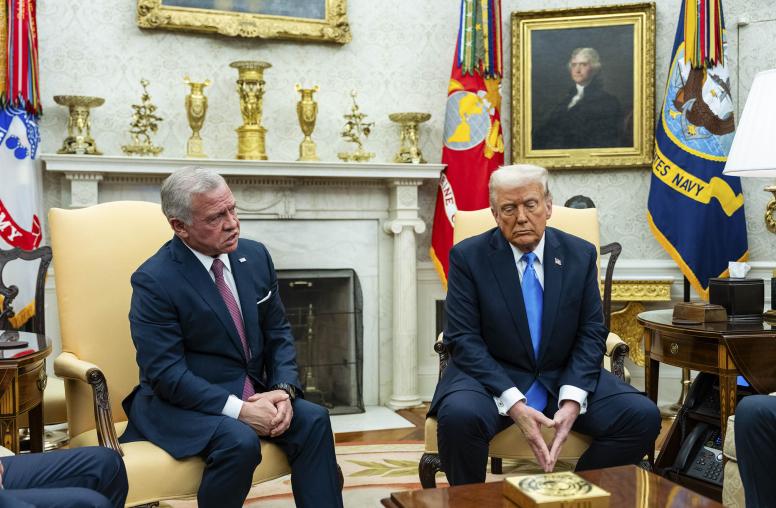 Jordan
Jordan
Featured Research & Analysis

Jordan’s King Walks a Diplomatic Tightrope in Washington
Jordan has long been one of the United States closest allies in the Middle East and its leader, King Abdullah II, is typically the first Arab leader to meet with a new U.S. president. But when Abdullah met with President Donald Trump on Tuesday, the two leaders had to navigate profound differences over what happens next in Gaza amid a fragile cease-fire. Trump’s proposal to relocate Gazans to Egypt and Jordan has been met with sharp rejection by both countries and the broader region. The president has suggested that he may withhold aid to Egypt and Jordan if they don’t agree to take Palestinians from Gaza.

The Current Situation: Israel, The Palestinian Territories, Egypt and the Levant
For over seven decades, the Israeli-Palestinian conflict — and its broader regional reverberations — has shaped Middle East politics and impacted U.S. interests in the region. Hamas’ unprecedented terror attack on October 7, 2023, the Israeli military response in Gaza and the implications for neighboring Jordan and Egypt — as well as seismic ripples in Lebanon and Syria — have sparked a new phase in the conflict’s and the region’s trajectory.

After Assad’s Fall, Jordan Deals with New Dilemmas
The collapse of Bashar al-Assad’s regime has marked a turning point in Syrian-Jordanian relations. For Jordan, Assad’s fall removes a regime that destabilized the country through smuggling networks and alliances with Iran. However, it also ushers in a new era of uncertainty, with Hayat Tahrir al-Sham (HTS), a terrorist group with Islamic Salafist roots, emerging as the dominant force in post-Assad Syria. Syria’s transition will force Jordan to address regional instability and the potential ideological spillover from HTS into its already delicate post-October 7 landscape.
Current Projects

Generation Change Fellows Program
Generation Change works with young leaders across the globe to foster collaboration, build resilience and strengthen capacity as they transform local communities.